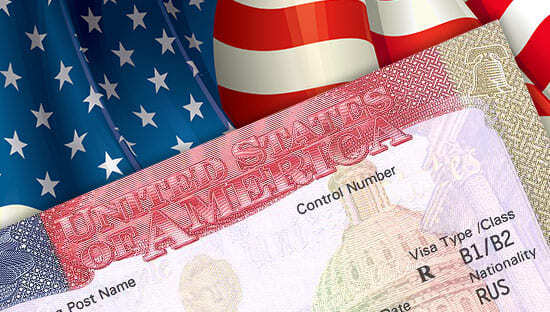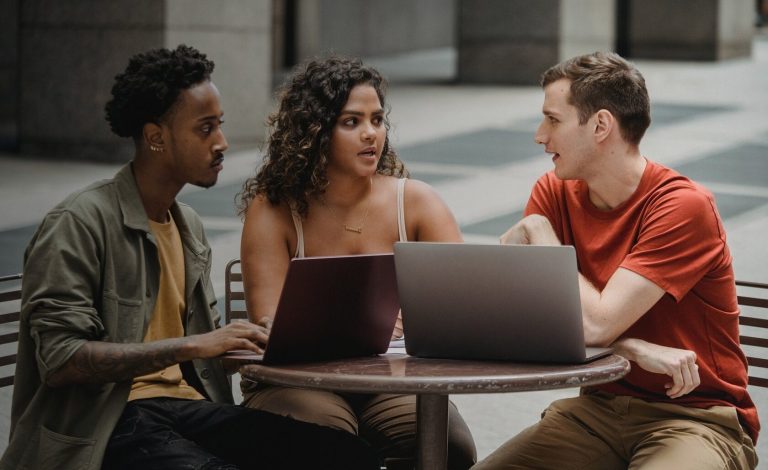


Securing a US visa can feel daunting — especially if you’ve heard it’s “nearly impossible” to guarantee approval. But it doesn’t have to be. With the right preparation, accurate documentation, and a thorough understanding of potential hurdles, you can boost your chances significantly. Read on to discover practical tips, essential statistics, and expert insights on how to get a US visa smoothly and confidently.
When planning for study, work, or relocation, knowledge of regional visa success rates can help set realistic expectations and guide your application strategy. While every individual case is unique, these statistics offer valuable context:
These numbers suggest that, with the correct approach — comprehensive paperwork, a clear study or travel plan, and a strong financial foundation — your odds of approval can be favorable. At GLOSS Education Agency, we’ve assisted numerous applicants from various regions, helping them obtain both student and tourist visas successfully.
Your journey begins with the DS-160 form. Filled out online, it covers personal details, travel intentions, and information about your chosen educational institution (if applying for a student visa). Accuracy is essential; any errors or omissions could lead to processing delays or even denial.
The next step is paying the US$185 consular fee (for most non-immigrant visas). Save the receipt, as you will need proof of payment during your visa interview.
Applicants for student visas (F or M) must pay the SEVIS fee of US$350. This fee registers you with the Student and Exchange Visitor Information System, confirming your intent to study in the United States.
The in-person interview is a critical stage. You’ll discuss your reasons for traveling, financial stability, and post-program plans. Confidence and honesty are key — demonstrate you’re well-informed about your study plans or intended stay.
Though exact requirements can vary based on visa category, here’s a quick checklist:
For official information, visit the U.S. Department of State’s website.
At GLOSS Education Agency, we’re proud of our 100% success rate for students seeking F-1 visas in 2022 – 2023. We’ve also helped parents secure tourist visas to visit and support their children during their studies. Even if you’re applying from a region with lower average approvals, the right planning can make all the difference.
Parents of teenagers aiming to give their kids top-quality international education often worry about the “tough US visa process”. With our assistance, they find it more approachable and less stressful.
University-bound students (16-25) can feel anxious about interviews, language barriers, or financial proofs. Our expert tips reduce these uncertainties, helping them focus on academics.
Adults seeking relocation or language courses often fear they’ll lose time and money if denied a visa. By following these steps and using professional support, they maximize their chances of a smooth transition.
Figuring out how to get a US visa may seem overwhelming, but proper preparation and expert advice pave the way for a higher probability of approval. From filling out the DS-160 to finalizing your interview strategy, every detail





Let’s create your education plan together
Copyright 2025, GLOSS Educaton Agency LLC. All Rights Reserved.

Let’s create your education plan together